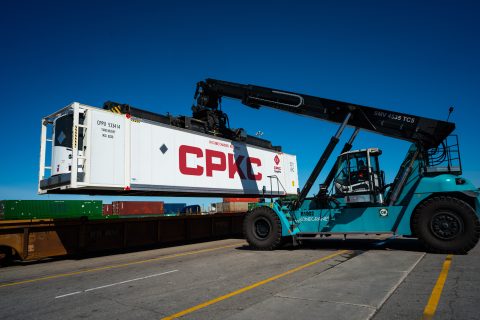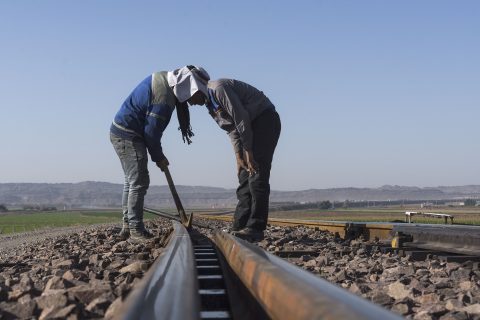Brenner Tunnel to be four times longer on Italian side

Rete Ferroviaria Italiana (RFI) has awarded the first section of the extension of the Brenner Base Tunnel, a 22.5 kilometre railway line on the Italian side of the Alps. Webuild and Implenia Construction have been assigned the 1.16 billion euro project, which will eventually quadruple the track between Fortezza and Ponte Gardena along the Munich-Verona railway axis. Once completed, this will reduce travel times for trains carrying people and goods.
Do you want to read the full article?
Thank you for visiting RailFreight.com. Become a member of RailFreight Premium and get full access to all our premium content.
Are you already a member?
Having problems logging in? Call +31(0)10 280 1000 or send an email to customerdesk@promedia.nl.




